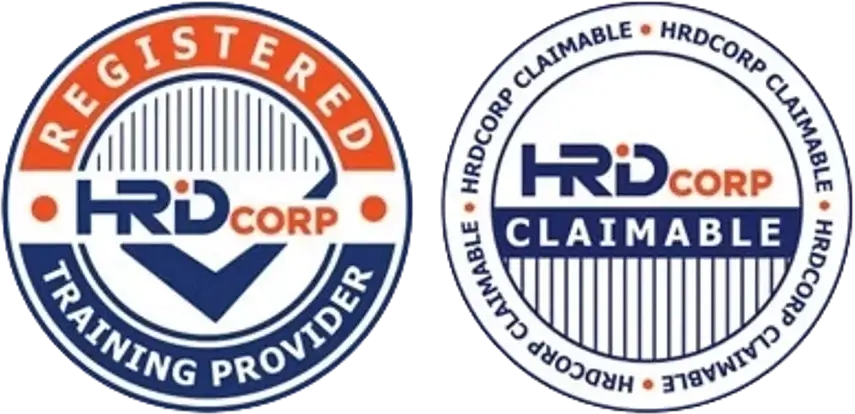How Do You Manage Training Records for GMP Audits?
Good Manufacturing Practice (GMP) is not just about clean facilities and proper processes — it’s also about ensuring your team is trained and capable of doing their jobs safely and correctly.
For GMP audits, one of the most frequently requested documents is your training records. Incomplete, disorganized, or outdated records can lead to major non-conformities.

Here’s how to properly manage your training records to impress auditors and protect your GMP certification.
🎯 Why Are Training Records Important in GMP?
-
Proof of staff competency in food safety and hygiene
-
Evidence of compliance with GMP Clause 6 – Personnel & Training
-
Demonstrates commitment to continuous improvement
-
Helps prevent errors, contamination, and non-conformities
-
Required for:
-
Internal audits
-
Third-party certifications (HACCP, ISO 22000, FSSC 22000)
-
Regulatory inspections (e.g., MOH, GMP Malaysia)
-
✅ What Should Be Included in GMP Training Records?
-
Employee name and job title
-
Date of training
-
Topic or training module covered
-
Name of trainer or facilitator
-
Training method used (e.g., classroom, on-the-job)
-
Test results or assessments (if applicable)
-
Staff signatures (to confirm understanding)
-
Trainer’s sign-off
-
Next training due date or refresher schedule
📌 Best Practices to Manage GMP Training Records Effectively
1. Use a Centralized Training Matrix
-
Lists all job positions and required training topics
-
Tracks:
-
Training completed
-
Due dates for refresher sessions
-
Gaps in compliance
-
2. Create Individual Training Files or Digital Profiles
-
Keep records per employee
-
Store:
-
Training certificates
-
Attendance sheets
-
Assessment results
-
Job-specific SOP sign-offs
-
3. Schedule and Plan Recurring Training
-
Set annual, biannual, or quarterly refresher sessions
-
Focus on:
-
GMP basics
-
Personal hygiene
-
Cleaning & sanitation
-
New equipment or process changes
-
4. Ensure Real-Time Updates
-
Update records immediately after training
-
Avoid backlog that can cause non-compliance
-
Assign one person responsible (e.g., QA or HR)
5. Digital Tools for Record Management
-
Use training management software (or Excel if budget is tight)
-
Benefits:
-
Easy tracking and reporting
-
Auto-reminders for due dates
-
Backup and recovery options
-
6. Conduct Internal Audits on Training Files
-
Check for:
-
Missing documentation
-
Expired training certifications
-
Untrained new hires
-
-
Review files before third-party audits
7. Link Training Records to Job Descriptions
-
Show how training supports:
-
Role responsibilities
-
GMP requirements
-
-
Helps justify employee competency during audits
🚫 Common Mistakes to Avoid
-
Keeping only sign-in sheets without topic or assessment
-
Failing to update records after SOP changes
-
No tracking system for refresher training
-
Mixing up files between departments
-
Not having any records for temporary/contract staff

🧩 Final Thoughts
GMP auditors want evidence, not excuses. Having a clear, organized, and accessible training record system can make the difference between a smooth audit and a failed one.
Need help building a structured internal communication system for ISO 22000 certification?
CAYS Scientific helps Malaysian food factories and SMEs develop custom SOPs, FSMS documentation, and training programs for ISO 22000, HACCP, and FSSC 22000.


